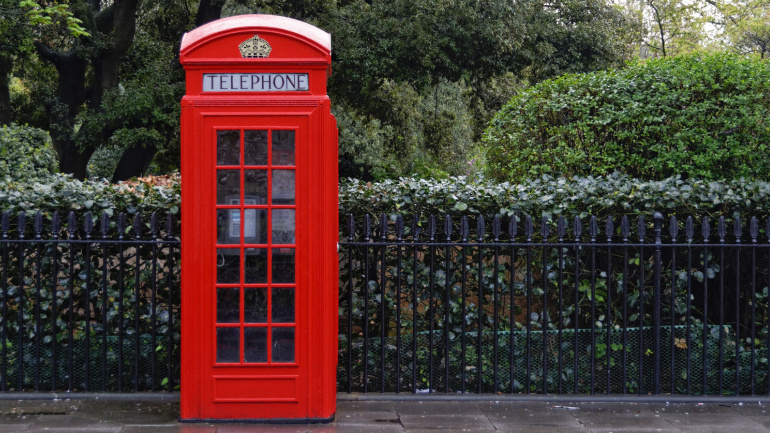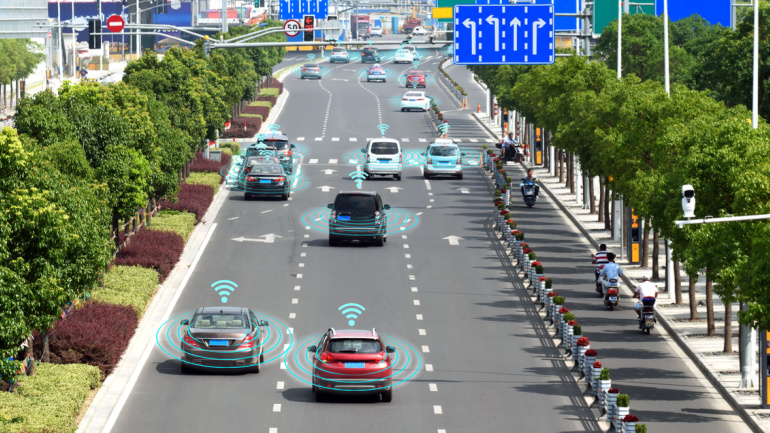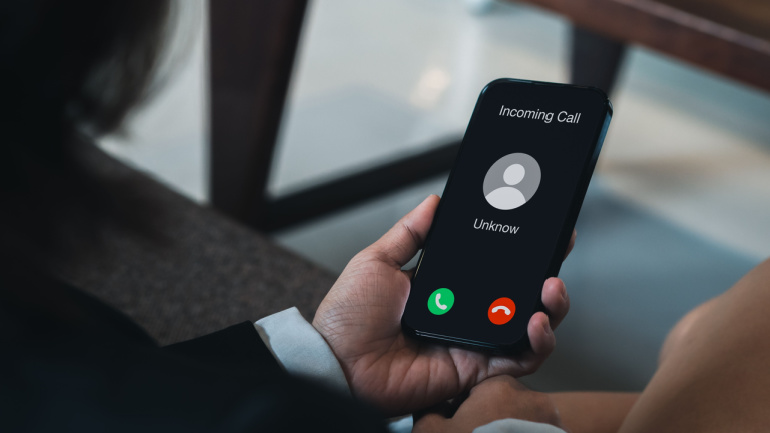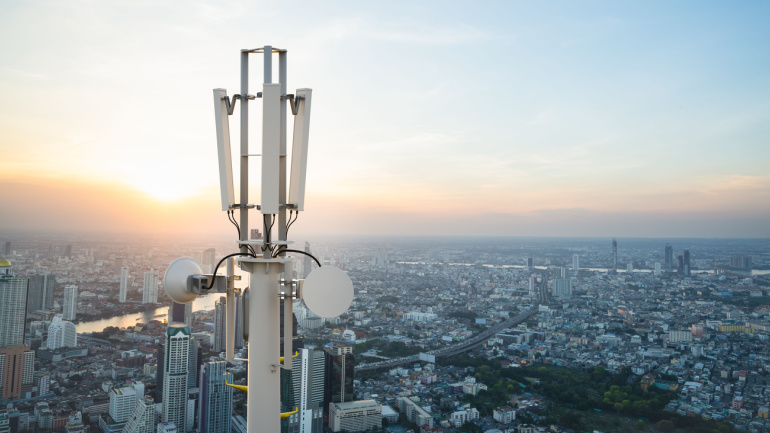Deutsche Telekom has made a significant stride in mobile telecommunications, achieving 12 gigabits per second in field tests using 6GHz frequencies – quite a leap from the current 5G network speeds. The German telecom giant credits this achievement to merging two data streams from different frequency antennas, a method they suggest may become standard for these bands. However, before this breakthrough can materialize, it’ll go under scrutiny during the upcoming ITU World Radiocommunications Conference.
Google Chrome’s desktop version is set for a Material You design update. Apple hints at traditional smart glasses development through a recent patent, complementing their Vision Pro headset. Verizon introduces a versatile Mobile Onsite Network-as-a-Service for enterprises, offering private networks, edge compute, SD-Wan, and satellite connectivity. Meanwhile, Google unveils its Pixel 8 series and teases the Pixel Watch 2 ahead of an October 4th launch event.
In an innovative move, Ericsson and AWS have joined forces to implement a groundbreaking 5G power machine vision system in Hitachi’s manufacturing plant. This system aims to leverage real-time digital visuals, AI, and edge-to-cloud technologies for superior automated error detection. Beyond the norm, it can inspect 24 assembly components simultaneously with high-resolution cameras pinpointing defects at the sub-millimeter range. Such a venture showcases the potential of combining private 5G, cloud, and AI technologies in revolutionizing product manufacturing, even amidst the current market uncertainties.
Witness the transformation of UK’s iconic red phone boxes as telecommunications giant BT empowers local communities to repurpose disused kiosks into practical assets. Adoptions through BT’s programme have evolved phone boxes into life-saving defibrillator stations, libraries or mini art galleries. As these kiosks brace for their centenary, BT gears up to offer a thousand more, sparking a fusion of tradition with communal ingenuity.
Deutsche Telekom and MIRA dive into an ambitious project crafting the ‘shuttle service of the future’ in Bonn, using the premise of teleoperation or remote driving. Facilitated by speedy 5G data transmission, this experiment highlights the necessity of ‘network slicing’ and ‘quality on demand’ for autonomous vehicles. Yet, governmental restrictions on remote-controlled travel present a hurdle. Despite the challenges, both firms remain hopeful, envisioning a driver-free automobile future.
In a groundbreaking move against the scourge of robocallers, the Federal Communications Commission (FCC) has announced a historic forfeiture of $300 million, showcasing their unwavering commitment to tackling the issue head-on. However, the question of when this record penalty will actually be paid remains an uncertainty.
BT’s innovative Etc unit is poised to launch trials repurposing outdated street cabinets into electric vehicle (EV) charging points. Aiming at a smooth transition during the UK’s fiber rollout, this pioneering step initially caters to BT Group and Openreach employees in Northern Ireland, with plans for public engagement. However, the venture’s ultimate impact rests heavily on successful pilot performance.
In a remarkable stride, Bharti Airtel has connected over 20 million IoT devices via its B2B branch, Airtel Business, amid India’s 5G evolution. This permits a vast assortment of IoT features offered through multiple connectivity mediums. Major deals have propelled Airtel to surpass a key milestone. Moreover, the Airtel IoT platform facilitates enterprises to manage their IoT connections via the Airtel IoT Hub.
In an exciting leap forward for 5G technology in Europe, Ericsson and O2 Telefónica in Germany have joined forces to accomplish a remarkable feat in the development of 5G Cloud RAN technology. Their groundbreaking Proof of Concept (PoC) deployment at O2 Telefónica’s Wayra innovation hub in Munich showcased the immense capabilities of Ericsson’s first 5G Cloud RAN installation on the continent. The PoC utilized cutting-edge mmWave frequency and a centralized control unit (CU), achieving an impressive end-to-end speed of over 4 gigabits per second.
Spain’s government is pumping €448 million into the upgrade of over 8,000 isolated 5G base stations, an initiative set to stimulate economic and civil activity while bridging the digital divide. Interestingly, the bulk of the funds are being allocated to lesser-known entities, including wholesale and retail fibre providers Lyntia and Avatel. The rollout is part of Spain’s broader mission of delivering ultrafast broadband coverage by 2025, concurrently ramping up public access to high-speed connections. Furthermore, a €10 million fund invites proposals for innovative 5G projects in sectors such as agriculture and connected vehicles.













